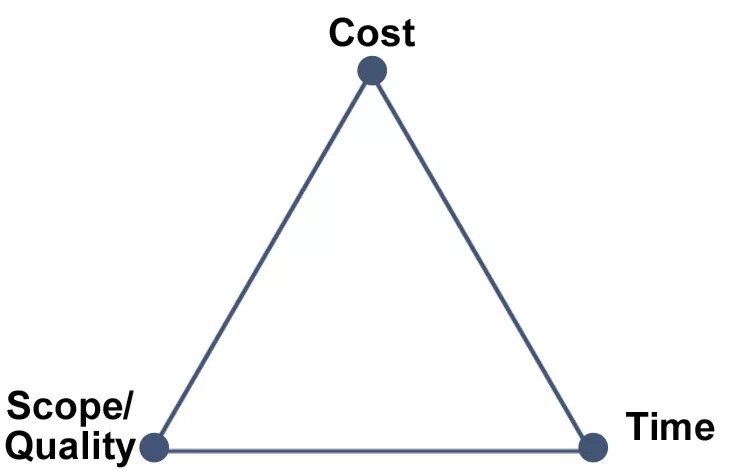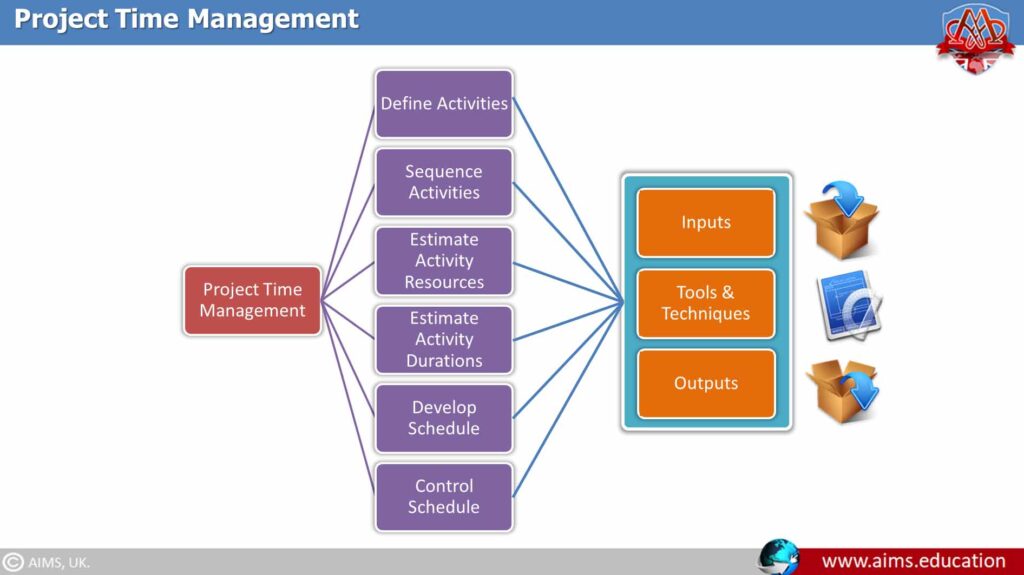Wondering how to apply the Iron Triangle Model within an Agile setting?
Every project’s ultimate goal is to generate the maximum value for the business.
Product leaders must therefore respect the budgetary constraints, timeline, product features, and functionalities established in order to ensure that a project is successful.
The Iron Triangle, also known as the Project Triangle, is a way for project managers to understand how these three major constraints, scope, cost, and time, impact product quality.
In this article, we break down the Iron Triangle model in detail and explain how to use it to manage project constraints and deliver successful projects.
To learn more via video, watch below. Otherwise, skip ahead.
What is Iron Triangle?
The Iron Triangle is a framework that depicts three key constraints; namely scope, cost, and time and their interrelationship within product settings. These three constraints act as a scale to measure the success or failure of a project. This means that if you want to see your project as successful, you must balance these three factors.

Credits: CFEG.com
If you introduce a change to one constraint, you must adjust the other two factors to avoid impacting the project quality. These constraints change according to the industry type. Nonetheless, the concept behind the Iron Triangle is the same, and its concept is central to the concepts in bureaucratic agencies, congressional committees, and interest groups.
Dr. Martin Barnes introduced the Iron Triangle back in the mid-1980s when he created the Triangle of objectives. This initial Iron Triangle depicted the interrelation between quality, cost, and time. Later on, Dr. Barnes updated it, including the performance, cost, and time. Since then, others have built on his initial conceptualization to create hybrid Iron Triangles that show the interdependency between other elements.
Time
The time constraint represents the time required to complete the project or the time to market delivery. It includes the project milestones, duration, deadlines, and your ability to complete the project according to your estimations during the planning period.

Credits: AIMS Education
The time estimations depend on your resources, barriers to completion, project complexity, and many more. The project completion within the estimation period results from factors like better time management, resource scheduling, and speeding up tasks based on time or urgency.
Cost
There is always a cost to executing any project within a defined timeframe. The project cost constraint depicts the allocated budget, which includes costs for human resources, hardware, software, machinery, and maintenance. It also defines all sources of finances available for project completion within a given period. Since the project client sets the budget, the actual expenses either exceed or are less than the allocated budget. Not completing the project due to the costs incurred impacts the timeline, scope, and overall quality.
Scope
The Scope constraint is what you have planned to deliver, such as different product features. The scope defines what kind of work you need to do to accomplish the project milestones within the timeframe. Completing all the planned features within the available budget and timeframe means that you meet the product requirements you set for the project.
How to Apply Iron Triangle
The application of the Iron Triangle to your project is all about balancing the three key constraints. The project lead and their team members must master the art of controlling these three factors to help them mitigate the impact on the project or product quality.
For example, suppose you find it difficult to accomplish the planned delivery goals. In that case, it is better to reduce the scope to make it easier to deliver the project on time without reducing its quality. You also add additional work later in another project or extend the time duration of the project to avoid time constraints.
It’s common for project leads to have static constraints. For instance, in situations where financial constraints limit company projects, project managers must plan their projects with a fixed budget. In some companies, budget is not as important as delivering project features and functionalities within a defined time frame.
However, the project quality does not depend on these three factors. Project managers must also focus on other factors such as motivational and social factors. The project managers and other stakeholders need to understand how these additional factors influence the three main constraints. That way, it makes it easier to provide a reasonable trade-off between these three constraints and make decisions considering the impact on the quality.
How to Manage Constraints in the Iron Triangle
To preserve the quality of the project deliverables, you need to know effective ways to manage these three constraints.
Manage the Project Scope
Identify the project scope and perform the work breakdown according to the scope during the project planning phase. Omit any work that does not have a clear scope or direction or that leads to project failure. Requirement gathering, defining, and validating the scope are some techniques that project teams follow to establish a well-defined scope. In addition, it is better to complete the research work that requires some tasks before the destination to help you provide a better estimation for such work.
Managing Time
Proper time management is the key to success for any individual or group project. Once you have defined the project scope, perform the estimations for the work breakdown identifying the amount of work and resources required to complete them during the planning phase. This must also include time for any dependencies with other projects since their delivery timeline affects your project. Compare time with previous project deliveries to better understand the estimates and actual time you need to put in. Project managers develop a schedule setting milestone dates based on the estimations.
Estimate and Manage Costs
Another key thing to manage is the budget allocation for your project during the planning phases. The project management body and other stakeholders must define and allocate the budget as early as possible, considering the project’s human resources and other required resources. For this work, they use previous project budget allocations and experiences to develop the right budget. During the project execution, project managers must control the budget management.
